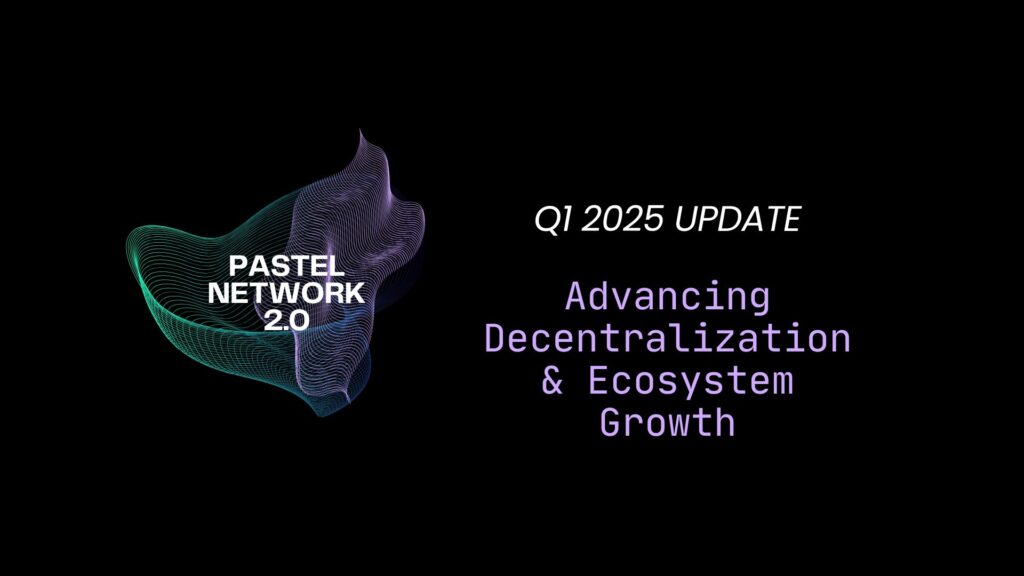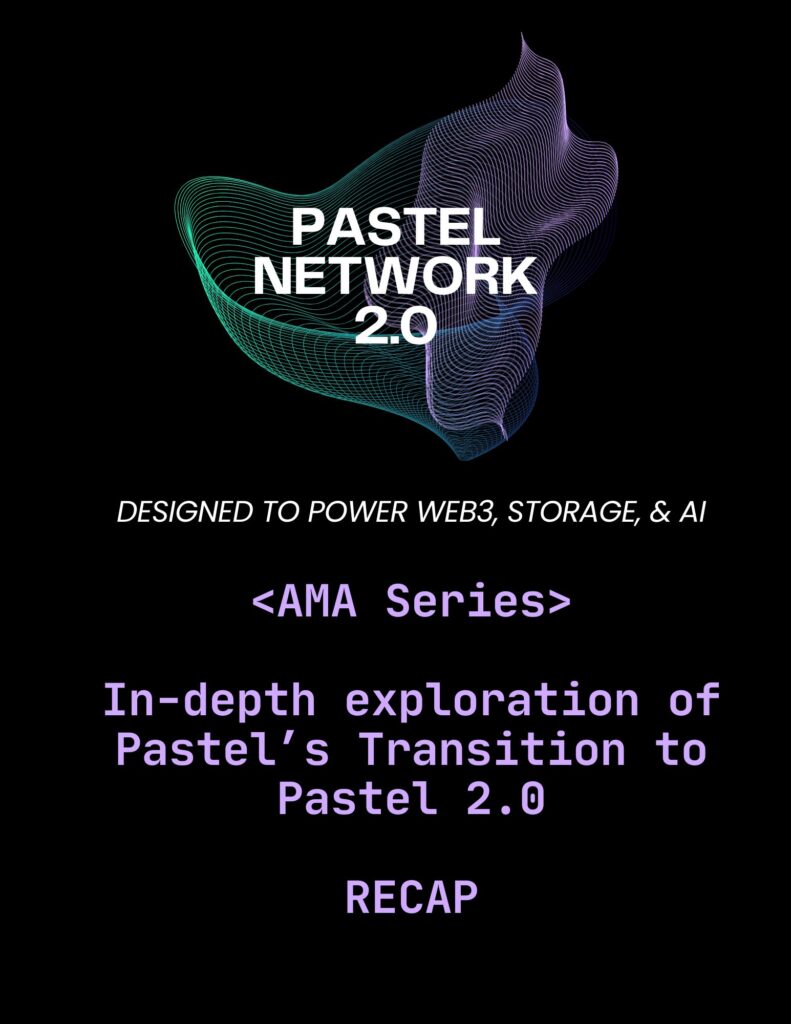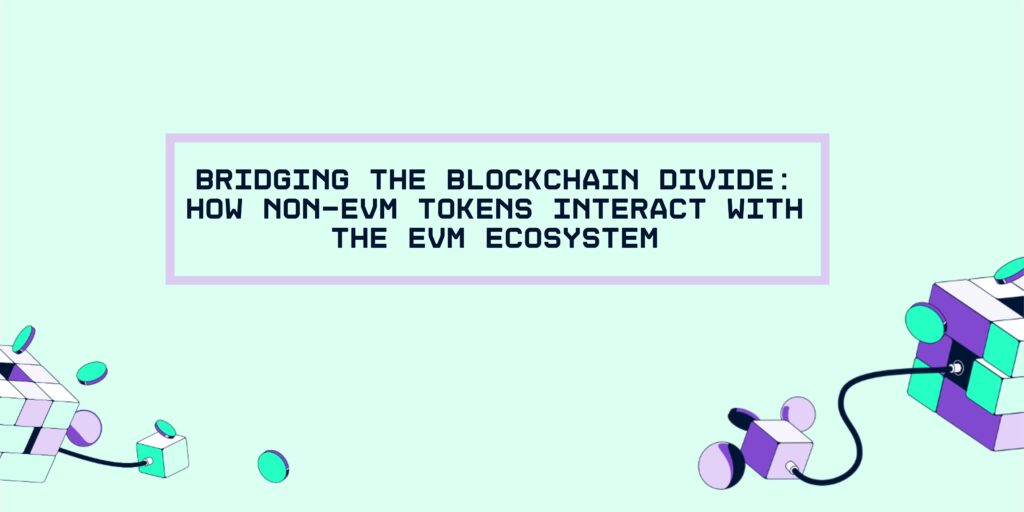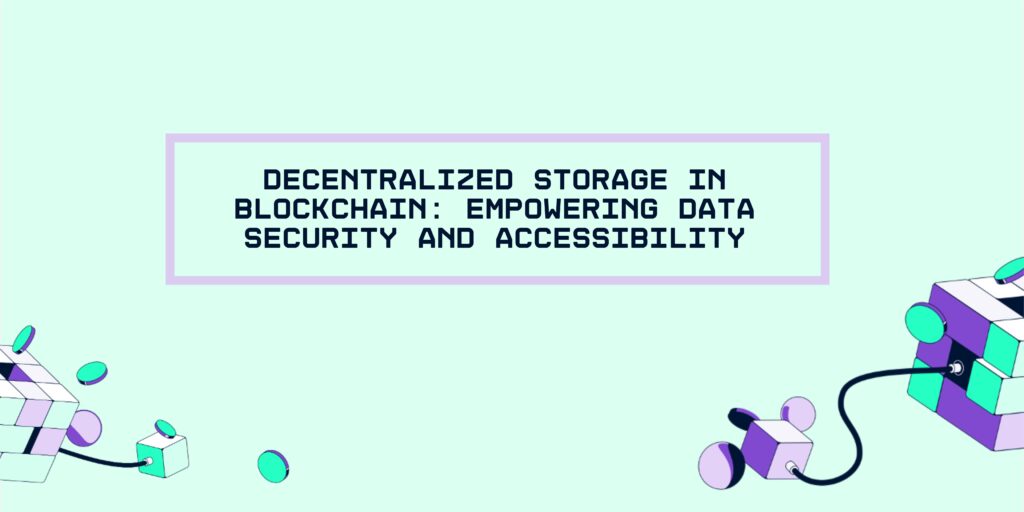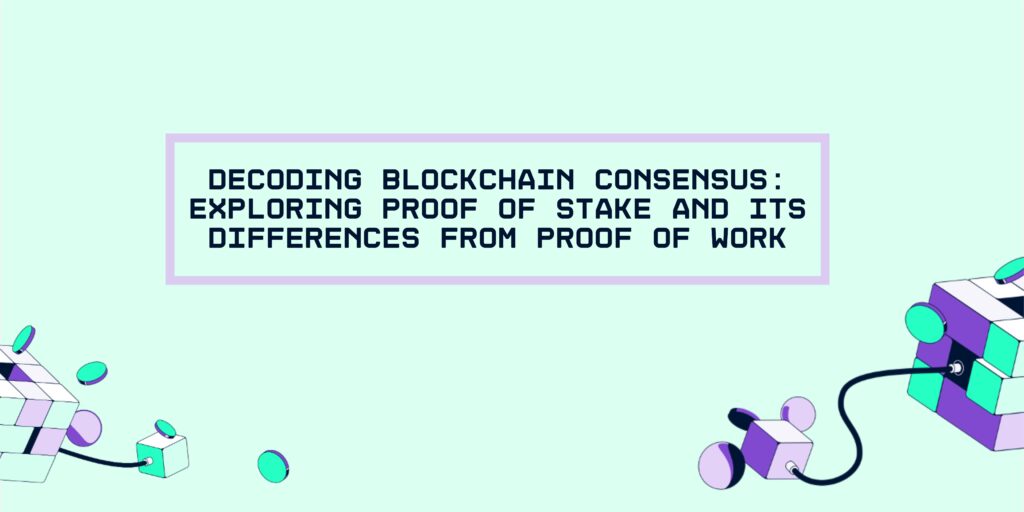Have you heard of ERC-4337?
ERC-4337 is a Smart Wallet standard on the Ethereum Blockchain that allows for a new Ethereum account capable of arbitrary verification logic. While the concept was proposed back in 2021, it was announced by Yoav Weiss, an Ethereum Foundation developer, at WalletCon in Colorado on March 1, 2023. ERC-4337 allows users to perform complex actions straight from their wallet, and it is not solely based on private key ownership. The ERC-4337 standard allows users to customize how to pay transaction fees, making the user experience better.
ERC-4337 does not achieve true account abstraction. But first what is account abstraction? It is a way to let people use smart contracts as their primary accounts, essentially creating “smart wallets”. Account abstraction allows users to execute functions directly from your wallet, determine how much to pay for a transaction fee, and set up transactions that require multiple signatures. Furthermore, If users lose access to their accounts, they rely on their smart wallets to recover them using a feature called “Social Recoveryâ€. This concept in essence allows specific people that a user has assigned to help them regain access to their assets. True account abstraction will offer much more than that: it aims to change the way Externally Owned Accounts (EOAs) interact with the Ethereum blockchain itself.
So, although ERC-4337 accounts allow users to execute functions and have more flexibility over who pays transaction fees, it does not achieve true account abstraction. Instead, ERC-4337 is like a transaction relayer: it allows you to organize transactions in an off-chain order book and then relay the final transaction to the blockchain.
But why is ERC-4337 so exciting?
The standard can perform multiple actions in one transaction, perform one transaction with multiple people, and offers a more seamless user experience. Firstly, the standard allows users to bundle multiple transactions together, which is great for traders and gamers who currently must sign multiple transactions just to carry out one action. Secondly, it allows them to set up a transaction that requires multiple signatures. Thirdly, sponsored transactions are now possible, allowing another entity, such as a dApp or wallet provider, to pick up the transaction fee for users. Fourthly, blockchain subscriptions will be possible as the ERC-4337 standard can process automated and recurring payments.
ERC-4337 is an important step in the right direction for Ethereum account abstraction, but Ethereum account abstraction is still far away, as these functionalities will require an upgrade to Ethereum’s whole consensus mechanism. Nevertheless, ERC-4337 allows users to have more flexibility in how they use their wallets, which is a great improvement over the traditional private key ownership wallets.

